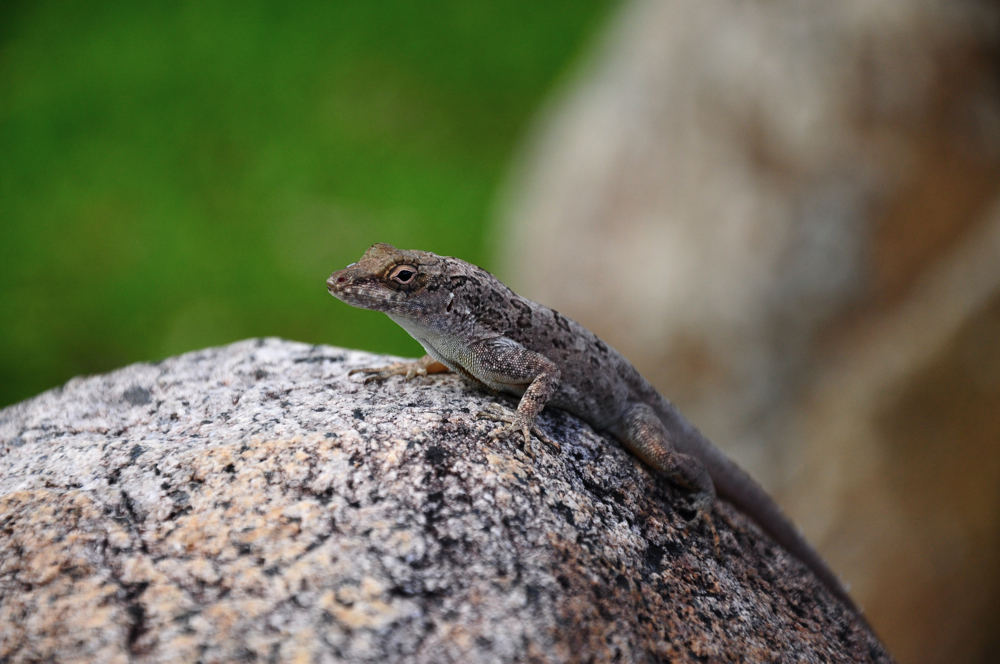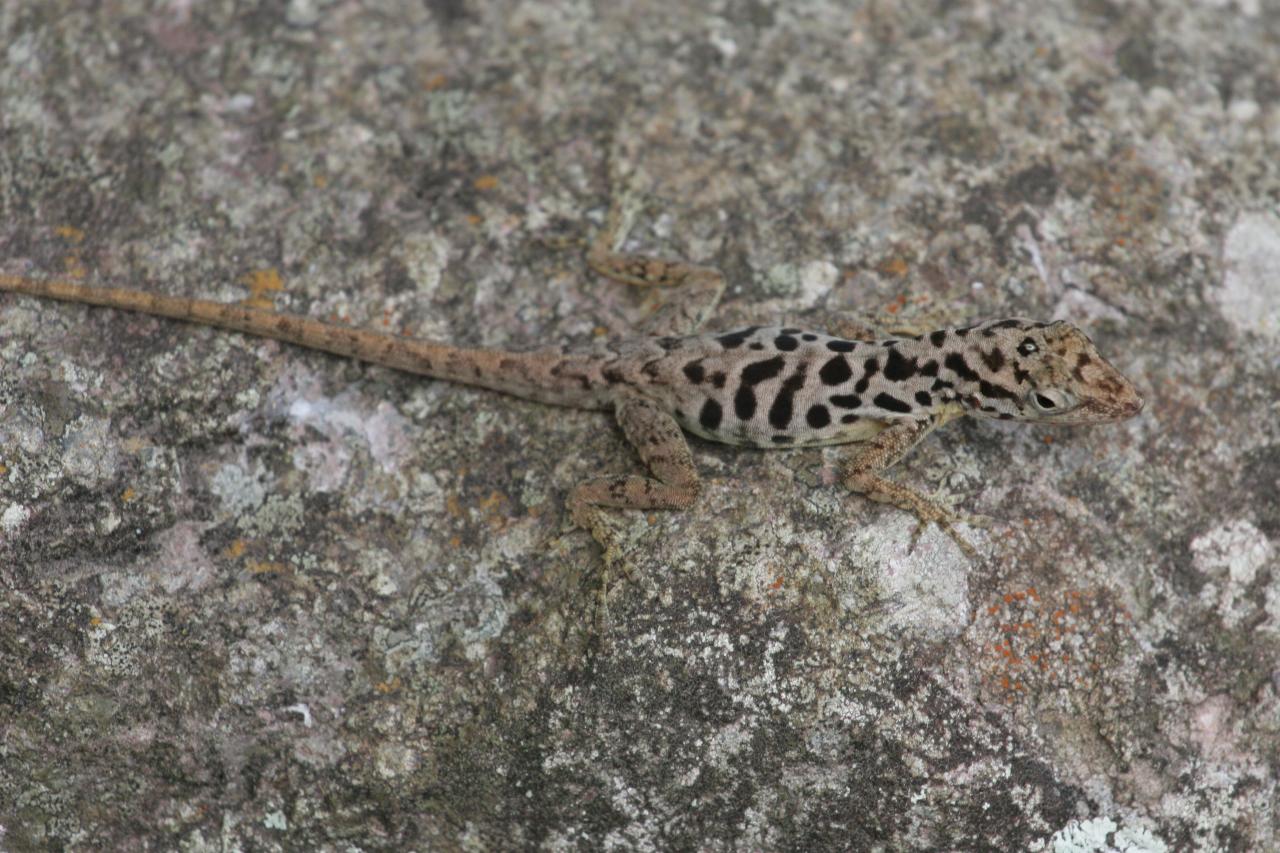|
Plasmodium Azurophilum
''Plasmodium azurophilum'' is a species of the genus '' Plasmodium''. Like all species in this genus it is a parasite of both vertebrates and insects. The vertebrate hosts are anole lizards. Description This species was described by Telford in 1975. It has been suggested that ''P. azurophilum'' represents more than one species with one species infecting red blood cells and the other infecting white blood cells. Hosts ''P. azurophilum'' has been described in many species of ''Anolis''. Species known to be infected are '' Anolis cristatellus'', '' Anolis evermanni'', '' Anolis gingivinus'', ''Anolis gundlachi'', ''Anolis krugi'', ''Anolis oculatus'', ''Anolis roquet'', ''Anolis sabanus'', and '' Anolis stratulus''. Median parasitaemia rates in infections tend to be low (<0.5%). Geographic location This parasite is found in the eastern |
Protista
A protist () is any eukaryotic organism (that is, an organism whose cells contain a cell nucleus) that is not an animal, plant, or fungus. While it is likely that protists share a common ancestor (the last eukaryotic common ancestor), the exclusion of other eukaryotes means that protists do not form a natural group, or clade. Therefore, some protists may be more closely related to animals, plants, or fungi than they are to other protists. However, like the groups ''algae'', ''invertebrates'', and '' protozoans'', the biological category ''protist'' is used for convenience. Others classify any unicellular eukaryotic microorganism as a protist. The study of protists is termed protistology. History The classification of a third kingdom separate from animals and plants was first proposed by John Hogg in 1860 as the kingdom Protoctista; in 1866 Ernst Haeckel also proposed a third kingdom Protista as "the kingdom of primitive forms". Originally these also included prokaryot ... [...More Info...] [...Related Items...] OR: [Wikipedia] [Google] [Baidu] |
White Blood Cells
White blood cells, also called leukocytes or leucocytes, are the cells of the immune system that are involved in protecting the body against both infectious disease and foreign invaders. All white blood cells are produced and derived from multipotent cells in the bone marrow known as hematopoietic stem cells. Leukocytes are found throughout the body, including the blood and lymphatic system. All white blood cells have nuclei, which distinguishes them from the other blood cells, the anucleated red blood cells (RBCs) and platelets. The different white blood cells are usually classified by cell lineage ( myeloid cells or lymphoid cells). White blood cells are part of the body's immune system. They help the body fight infection and other diseases. Types of white blood cells are granulocytes (neutrophils, eosinophils, and basophils), and agranulocytes (monocytes, and lymphocytes (T cells and B cells)). Myeloid cells ( myelocytes) include neutrophils, eosinophils, mast cells, ... [...More Info...] [...Related Items...] OR: [Wikipedia] [Google] [Baidu] |
Anolis Stratulus
''Anolis stratulus'' is a moderately-sized species of anole () (family Dactyloidae) found in Puerto Rico, the United States Virgin Islands and the British Virgin Islands. It is a gray-colored lizard spotted with brown markings. It is arboreal, usually found positioned on tree bark on branches in the canopies of forest trees, where in some areas of Puerto Rico it can be incredibly abundant, with tens of thousands of the lizards being present per hectare. It is locally known as the ''lagartijo manchando'' in Puerto Rico. Names which have been coined for it in English are spotted anole, Puerto Rican spotted anole (in Puerto Rico), banded anole (in Puerto Rico), saddled anole, salmon lizard, barred anole, St. Thomas anole or the somewhat of a misnomer chameleon, because it can change color. It is known as the "spotted anole" because of the black markings on its back; the Spanish word ''manchado'' means as much. There are no salmon in Puerto Rico; the name "salmon lizard" may ha ... [...More Info...] [...Related Items...] OR: [Wikipedia] [Google] [Baidu] |
Anolis Sabanus
Anolis sabanus, the Saba anole or Saban anole, is a species of anole lizard that is endemic to the island of Saba, a Dutch municipality in the Caribbean Lesser Antilles. Males measure from (snout-to-vent), and females measure from .Staats, C. M. and J. J. Schall, 1996Malarial parasites (Plasmodium) of Anolis lizards: Biogeography in the Lesser Antilles Biotropica 28:388-393. Males and females both have pale grey to tan colored bodies and pale yellow with green or orange tint dewlaps, but the males can be differentiated by additional dark patches covering their bodies. Females additionally have a mid-dorsal stripe. The species eats mostly small insects.Saban Anole Dutch Caribbean Nature Alliance< ...
[...More Info...] [...Related Items...] OR: [Wikipedia] [Google] [Baidu] |
Anolis Roquet
''Anolis roquet'', also called Martinique anole, Martinique's anole, or savannah anole, is a species of anole lizard. It is endemic to the island of Martinique, located in the Caribbean Lesser Antilles. It varies in body size, shape, scalation, and coloration. Its dorsal surface ranges from green to gray-green, brown, or gray brown, with some populations also having areas of blue-green color. Its ventral and dewlap colors also vary. Its markings include dark marbling, spots, and chevrons; and light markings including flank stripes. It is unusual among anoles in having a voice; it can make a squeaking noise when it is caught.. The subspecies are: * ''Anolis roquet roquet'' (Lacépède, 1788) * ''Anolis roquet caracoli'' Lazell, 1972 * ''Anolis roquet majolgris'' Lazell, 1972 * ''Anolis roquet salinei'' Lazell, 1972 * ''Anolis roquet summus'' Lazell, 1972 * ''Anolis roquet zebrilus'' Lazell, 1972 The Barbados anole The Barbados anole (''Anolis extremus'') is a species of ... [...More Info...] [...Related Items...] OR: [Wikipedia] [Google] [Baidu] |
Anolis Oculatus
''Anolis oculatus'', the Dominica anole, Dominican anole, eyed anole or zandoli, is a species of anole lizard. It is endemic to the Caribbean island of Dominica, where it is found in most environments. The species is found in a diverse range of color forms, which one herpetologist once classified as four subspecies, which most other scientists did not recognise because the forms gradually inter-grade with one another. Two later researchers have instead promoted the "ecotypes" concept, hypothesizing the color forms are maintained by the ecological conditions of the surrounding environment, despite being genetically indistinguishable. The morphology of some traits is subject to clinal variation, gradually changing from one side of the island to the other, or from sea level to the hilltops. The ground color ranges from pale tan or yellow to deep green or brown. It also has patterned markings that range from light-colored speckling to complex marbled patterns, and some populations als ... [...More Info...] [...Related Items...] OR: [Wikipedia] [Google] [Baidu] |
Anolis Krugi
''Anolis krugi'', the olive bush anole, Krug's anole, or orange dewlap anole, is a species of lizard in the family Dactyloidae. The species is found in Puerto Rico."''Anolis krugi''". The Reptile Database. http://reptile-database.reptarium.cz/species?genus=Anolis&species=krugi References Anoles Endemic fauna of Puerto Rico Reptiles of Puerto Rico Reptiles described in 1877 Taxa named by Wilhelm Peters {{lizard-stub ... [...More Info...] [...Related Items...] OR: [Wikipedia] [Google] [Baidu] |
Anolis Gundlachi
''Anolis gundlachi'', also commonly known as the yellow-chinned anole, Gundlach's anole, or yellow-beard anole, is an oviparous, sexually dimorphic species of lizard in the family Dactyloidae. The species is endemic to Puerto Rico and lives in mountainous forests at high elevations."''Anolis gundlachi''". The Reptile Database. http://reptile-database.reptarium.cz/species?genus=Anolis&species=gundlachi The diet of ''A. gundlachi'' consists mostly of insects. This species is also known for signaling other lizards through a modulated head bob display, with varying bobbing amplitudes and patterns based on an individual's distance from other lizards. Description ''Anolis gundlachi'' is a medium-sized, sexually dimorphic lizard. Adult males have a snout-to-vent length of 68 mm and females have a snout-to-vent length of 45 mm. Adult body weight is three to seven grams. The body is a brown or olive-brown color with brown spots randomly along its length. This species also has ... [...More Info...] [...Related Items...] OR: [Wikipedia] [Google] [Baidu] |
Anolis Gingivinus
''Anolis gingivinus'', also known as the Anguilla Bank tree anole, Anguilla bank anole, and Anguilla anole, is a species of anole lizard that is endemic to the Caribbean Lesser Antilles islands of Anguilla and its satellites, such as Saint Martin, and Saint Barthélemy. Geographic range It is found on the Anguilla Bank of islands, which comprise Anguilla and its satellites, Saint Martin, and Saint Barthélemy; and on the smaller, nearby Sombrero bank (politically part of Anguilla). Description Males can reach a length of 72 mm snout-to-vent. It has an olive to light green dorsal ground color, with a broad mid-dorsal stripe and a light stripe along its flanks. Its belly is cream to bright yellow. Males may also have gray-brown marbling or can be heavily spotted. Ecology It is widespread and common on Anguilla and many of its satellites, though it is heavily preyed on there by American kestrel The American kestrel (''Falco sparverius''), also called the sparrow hawk ... [...More Info...] [...Related Items...] OR: [Wikipedia] [Google] [Baidu] |
Anolis Evermanni
''Anolis evermanni'', also known commonly as the emerald anole, Evermann's anole, and the small green anole, is a species of lizard included within the family Dactyloidae. ''A. evermanni'' is native to Puerto Rico, where it is mainly found in wet forests. ''A. evermanni'' is a medium-sized lizard and bright emerald-green in color. ''A. evermanni'' is studied for its behavior as well as the evolution of the family Dactyloidae. The group of lizards which are member species of the family Dactyloidae are known as anoles. Anoles are found throughout the Americas and are related to iguanas. Description ''A. evermanni'' is medium-sized and a bright emerald-green color, but can also progress to a dark brown color when aroused. Males are typically larger than females with males having a snout-to-vent length of 7 cm (2.75 in) and females having a snout-to-vent length of 4.5 cm (1.75 in). They have a flattened body and head, slightly compressed tail, pointy snout, short ... [...More Info...] [...Related Items...] OR: [Wikipedia] [Google] [Baidu] |
Anolis Cristatellus
''Anolis cristatellus'' is a small species of anole, belonging to the Dactyloidae family of reptiles, which is native to Puerto Rico and the U.S. and British Virgin Islands, with introduced populations in locations around the Caribbean. The males of ''A. cristatellus'' are easily recognizable by the fin running down the top of the tail, which is known as a "caudal crest". The females also have these crests, but these are smaller than those of the males. It is often quite common in many areas on Puerto Rico, where it can be seen during the day passing the time on the lower parts of tree trunks, or on fences and the walls of buildings in urban areas, sometimes venturing down onto the ground in order to lay eggs, have a snack, or do other cursorial activities. Like many anoles, this species displays the characteristic behaviour of doing push-ups as well as inflating a pizza-like flap of coloured skin on their throat, known as a dewlap, in order to show others how hip they are, and ... [...More Info...] [...Related Items...] OR: [Wikipedia] [Google] [Baidu] |
Red Blood Cells
Red blood cells (RBCs), also referred to as red cells, red blood corpuscles (in humans or other animals not having nucleus in red blood cells), haematids, erythroid cells or erythrocytes (from Greek ''erythros'' for "red" and ''kytos'' for "hollow vessel", with ''-cyte'' translated as "cell" in modern usage), are the most common type of blood cell and the vertebrate's principal means of delivering oxygen (O2) to the body tissues—via blood flow through the circulatory system. RBCs take up oxygen in the lungs, or in fish the gills, and release it into tissues while squeezing through the body's capillaries. The cytoplasm of a red blood cell is rich in hemoglobin, an iron-containing biomolecule that can bind oxygen and is responsible for the red color of the cells and the blood. Each human red blood cell contains approximately 270 million hemoglobin molecules. The cell membrane is composed of proteins and lipids, and this structure provides properties essential for physiologi ... [...More Info...] [...Related Items...] OR: [Wikipedia] [Google] [Baidu] |








